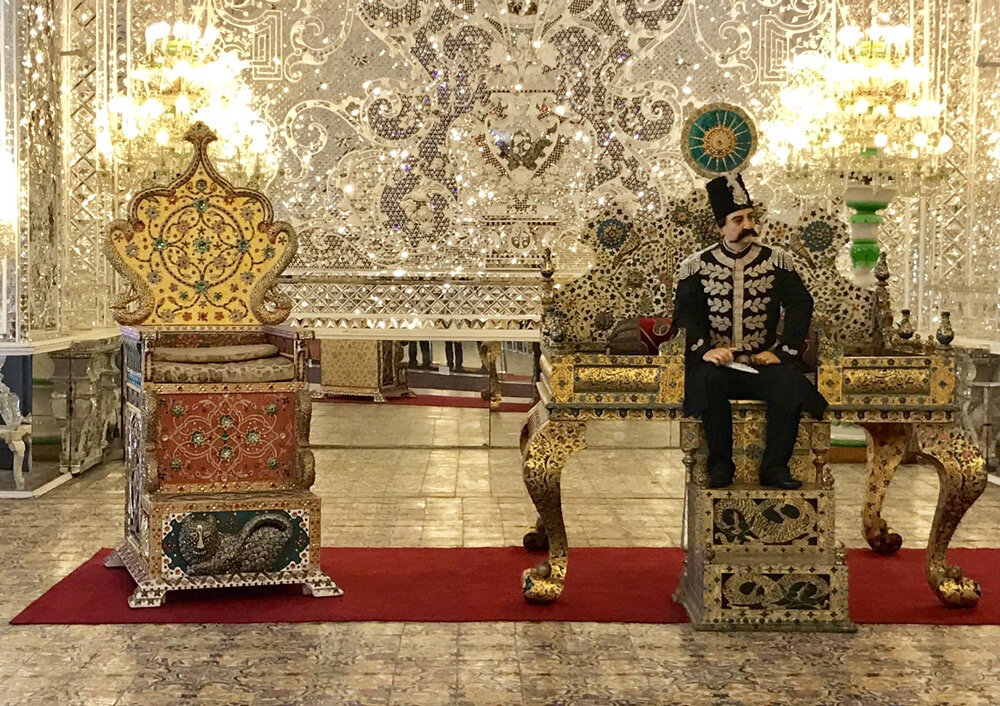Tehran museums reopen to visitors as coronavirus cases fall

TEHRAN - Museums of the Iranian capital have reopened their doors to the public following a five-month closure as the metropolis experiences a sustained drop in coronavirus infections.
As Tehran is situated in the “orange” zone and restrictions over the coronavirus pandemic have been relaxed, all museums in Tehran reopened and started their activities, IRNA quoted Mohammadreza Kargar, the tourism ministry’s director for museums and historical properties as saying on Sunday.
However, visitors need to adhere to health protocols and social distancing guidelines, the official added.
Last November, the official announced that Iranian museums have taken 1.7 trillion rials (some $42 million at the official exchange rate of 42,000 rials per dollar) hit from the coronavirus outbreak.
If the country was in normal condition, the museums would host over 25 million visitors [within a year], but now they have faced huge losses as there is almost no visitor to the museums, he noted.
Last October, former Cultural Heritage, Tourism, and Handicrafts Minister Ali-Asghar Mounesan warned that Iran’s cultural heritage and tourism will be in a critical situation if the crises are caused by the outbreak of the coronavirus continue.
With the outbreak of the coronavirus, museums were at the forefront of closures and for several months, they have not had any revenue from the sale of tickets, Mounesan explained.
Meanwhile, the ministry is facing a shortage of funds in the field of cultural heritage, which causes problems for maintaining and preserving 34,000 National Heritage properties as well as 26 UNESCO-tagged sites, the official explained. He said in August that Iran’s tourism has suffered a loss of 12 trillion rials (some $2.85 billion) since the outbreak of the coronavirus pandemic.
Currently, 740 museums are active across Iran and some three million historical objects are being kept at museums affiliated with the Cultural Heritage, Tourism, and handicrafts Ministry.
Iran is home to one of the world’s oldest continuous major civilizations, embracing settlements dating back to 4000 BC. It also hosts some of the world’s oldest cultural monuments including bazaars, museums, mosques, bridges, bathhouses, madrasas, gardens, rich natural, rural landscapes as well as 26 UNESCO World Heritage sites.
The name of Iran, formerly known as Persia, mostly conjures up the first Persian Empire, ruled by the Achaemenids (ca. 550 – 330 BC) and sites such as Pasargadae and Persepolis. However, there are tens of prehistorical sites as the Burnt City in Sistan-Baluchestan, Tepe Sialk in Kashan, Susa, and Tchogha Zanbil in the Khuzestan province, and Ecbatana in Hamedan which predate the Achaemenid period.
From a wider point of view, Iranian history can be divided into Pre-Islamic and Islamic eras. The Medes unified Iran as a nation and empire in 625 BC. The Islamic conquest of Persia (633–656) that put an end to the mighty Sassanid Empire (224–651) was a turning point in the history of the nation.
ABU/AFM
Leave a Comment